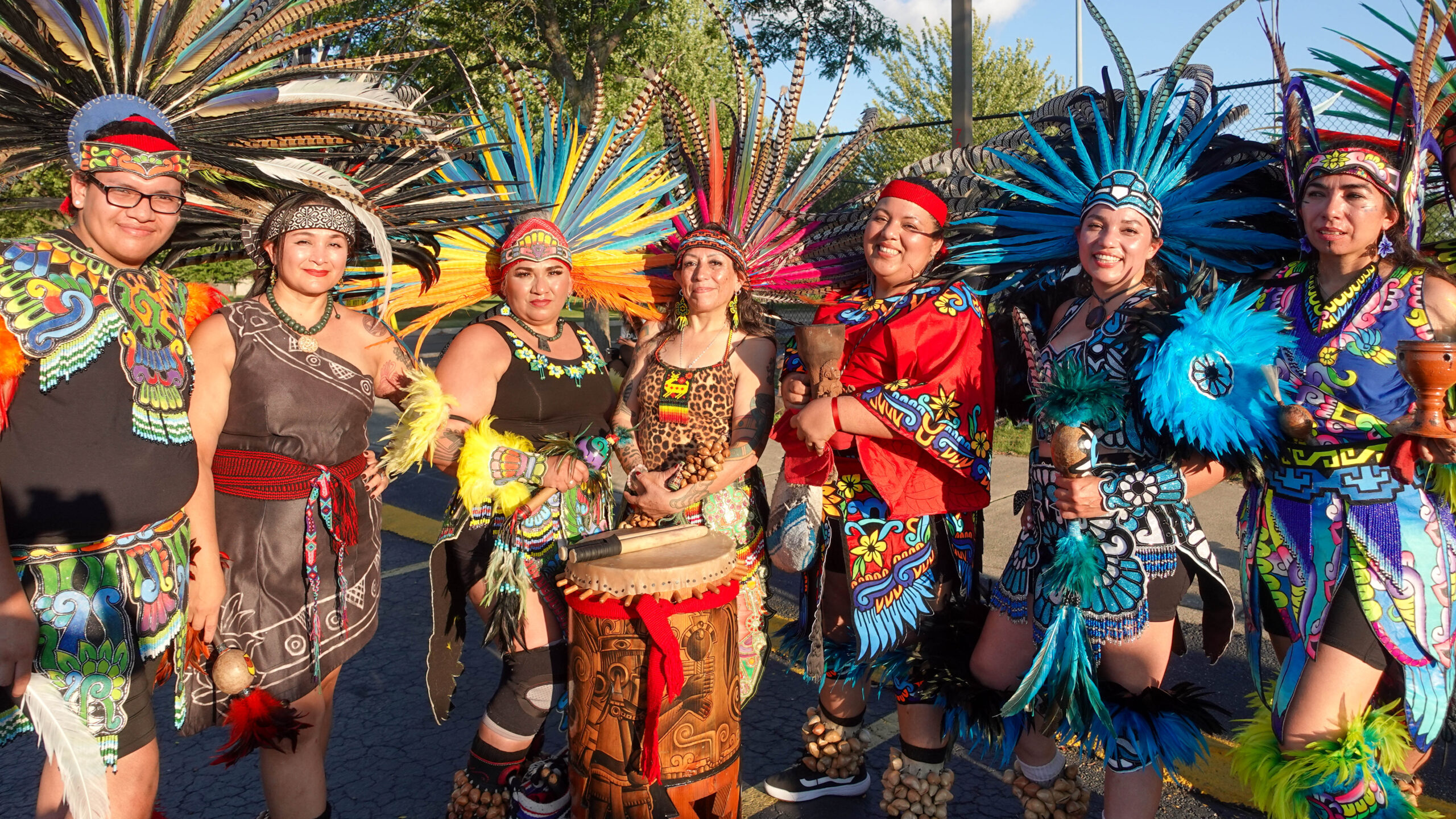
Danza Azteca is a captivating facet of Mexico’s indigenous peoples. Dancers performed at Festival de la Mariposa Monarca in the Chicago suburb of Glendale Heights.
In this post:
- Delve into the origins of Danza Azteca.
- Explore the indigenous influences that contribute to Mexican identity.
- Admire the striking visual elements that define this remarkable ritual.
- Hear a message of unity with people and nature
Origins of Danza Azteca: A Glimpse into Ancient Traditions
Danza Azteca, also known as Aztec Dance, is a sacred practice that carries the spiritual and cultural essence of Mexico’s indigenous groups. The Aztecs performed ritual dances to honor deities, commemorate significant events, and establish connections with the natural world.
The Aztec Dance group performing at Festival Mariposa Monarcha shared a message with the audience about their intention:
“One of our jobs is to remind you that there are four elements that we have to take care of. We must take care of the air. We must not use aerosols so that the warm sun is more loving. We must take care of Mother Earth so that she gives us food. clothing, drink. Mamacita earth gives us everything. She is our mother, dear mother. So I invite you to take care of our planet earth a little more.”
The dance group requested that everyone act selflessly to protect the planet.
“I am already sixty, but I have great-grandchildren, and I do not want my great-grandchildren to suffer more than I suffered. We must do it for the good of everyone on this planet.”
Indigenous Origins of Mexican Latinos
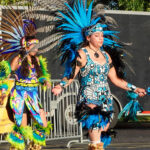
Mexican-Latinos’ indigenous heritage is rooted in the Aztecs, Maya, Zapotecs, and countless other indigenous groups.
With Immigrant Solidarity DuPage, Cristobal Cavazos.
He says,
“We are here in the land of our ancestors. You can go to southern Illinois and see a pyramid if you go through Cahokia.”
The Cahokia pyramid is dated to a civilization in Southern Illinois long before Columbus reached the American continent. Today, the Cahokia pyramid site is described as the “biggest, most cosmopolitan city north of Mexico” in that period. Archeologists say you’d have to go to the valley of Mexico to see anything comparable to this place.
(Related: Teotihuacan Pyramids in Jalisco Mexico: Pictures from a Hot Air Balloon)
The ancient civilization responsible for the pyramids in Illinois is little known. However, The Guardian reports that archeologists have tested the teeth of buried remains found on the site and conclude that most of the population of this once-great, ancient city was “not from Cahokia.”
Migrants traveled across the American continent to build this early civilization in Illinois.
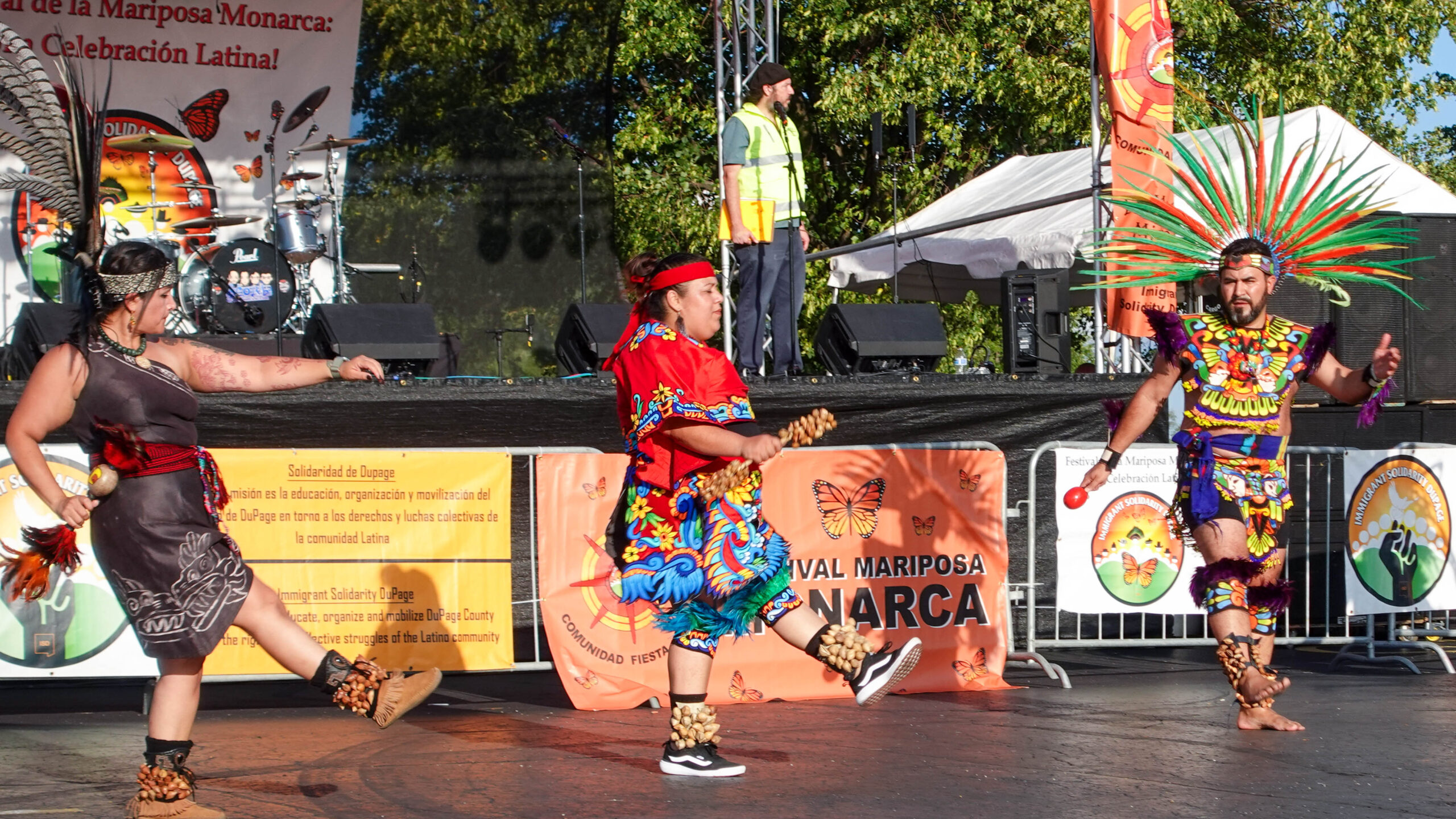
At Festival de la Mariposa Monarcha, the immigrant community is openly discussed and celebrated.
Cavazos says,
“That is the flame that we want to ignite in the people. We are not foreigners, much less if our families crossed a river. Others crossed a sea.”
Vibrant Vestuarios and Rhythms: The Essence of Danza Azteca
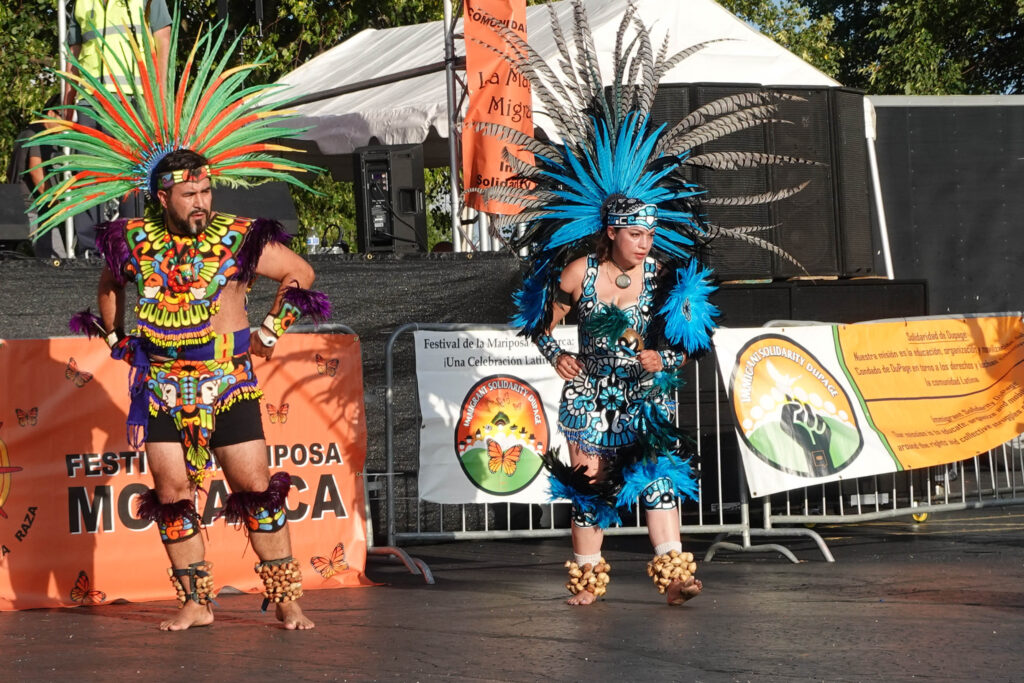
One cannot discuss Aztec dances without mentioning its visually captivating and acoustically engaging elements. The garments are a riot of colors and patterns. Feathered headdresses are a prominent feature.
The dance itself is dynamic. Dancers jump, spin, and carry out stomping footwork. The dancers execute their motions in harmony with the beat of the drum. As the dancers move, cascabeles (ankle rattles) create a rhythmic soundtrack.
Event organizer and co-founder of Immigrant Solidarity Dupage, Rafael Vieyra, says:
“The Aztec dancers do not just come to dance. What they do, dance to the four directions, is to heal the environment. Really, what they are doing is moving energies so that all of us can heal. The Aztec dancers came to balance everyone’s internal energy.”
Cavazos says the city and the earth have different rhythms, and people ought to reconquer the earth’s rhythm to reconquer their identity.
Casa Dupage Workers Center hosts forest retreats to help people combat stress by reconnecting with nature.
Preserving and Celebrating Indigenous Heritage
The Aztec performance at Festival Mariposa Monarca is a testament to the enduring spirit of Mexico’s indigenous peoples. It also demonstrated that indigenous languages and traditions are little known among Mexican Americans.
As the Aztec dance group prepared to perform their last song, the festival crowd got a quick lesson on the words so they could sing along. The song was in Nahuatl, the indigenous language of millions of Mexican Indigenous people.
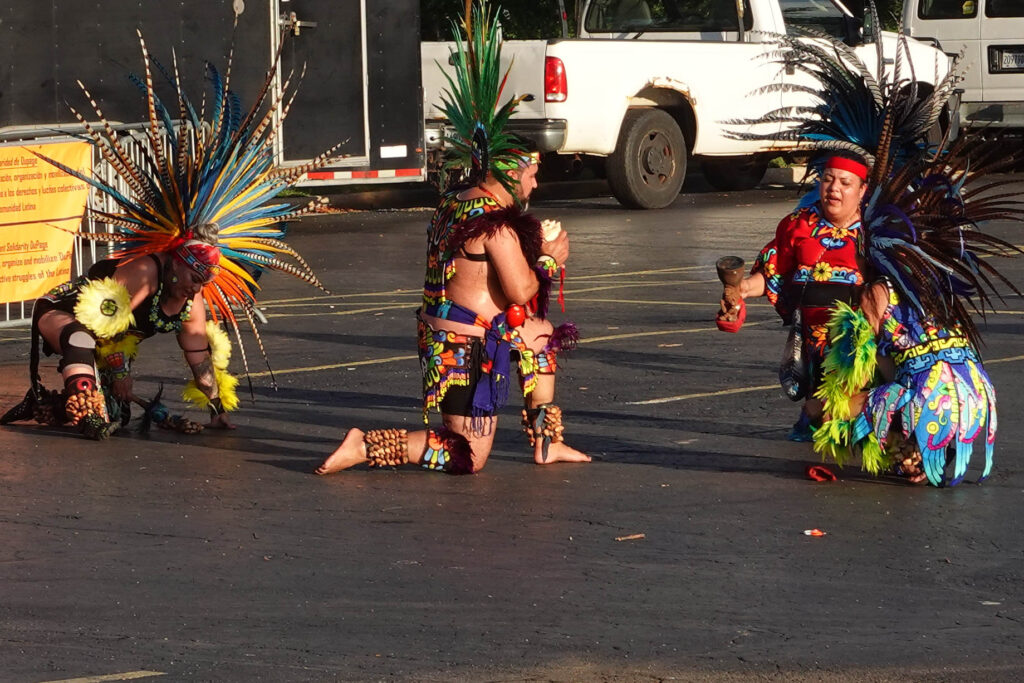
Today’s Mexicanos rarely speak or hear Nahuatl. Rather than the indigenous language, Mexicanos and other Latinos share Spanish as the common language. Unsurprisingly, festivalgoers failed to repeat the song’s words in Nahuatl. For many, the language is an unfamiliar aspect of Mexican identity.
Danza Azteca dance groups provide a powerful vehicle for transmitting Mexico’s indigenous heritage to younger generations. The performance gives new life to the language and traditions of Aztec and indigenous ancestry.
Today, Mexico’s indigenous communities are also visible thanks to social media accounts like @kiyahuitl on Instagram. The educational account teaches a daily word in Nahuatl. Kiyahuitl Gantes (he/him/his) connects an audience of 126 thousand followers to Mexico’s indigenous language and culture.

The colors, patterns, and rhythms of Aztec ritual dances weaves a story that celebrates unity, diversity, and the timeless beauty of Mexican heritage.


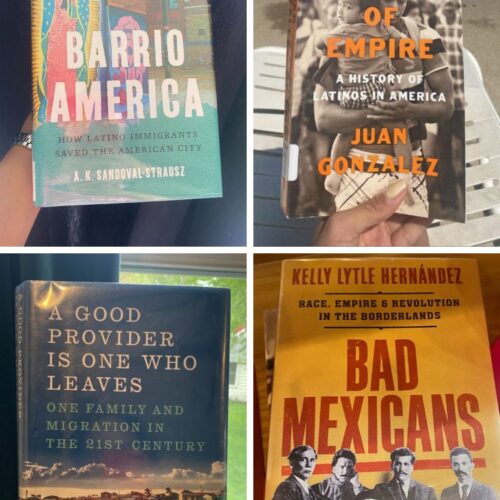
Fantastic goods from you, man. I have understand your stuff previous to and
you’re just extremely wonderful. I really like what you have
acquired here, really like what you are saying and the way in which you say it.
You make it entertaining and you still take care of to keep it sensible.
I can’t wait to read much more from you. This is actually a terrific web site.
Thank you! Please come bak for more content and read my latest blog posts!
Superb post but I was wanting to know if you could write a litte more on this topic? I’d be very grateful if you could elaborate a little bit more. Thanks!